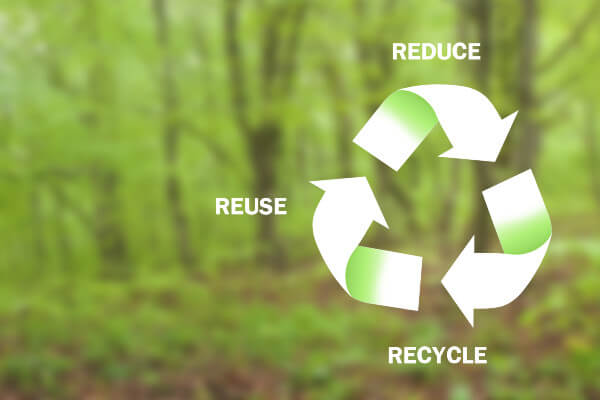How Manufacturers are Creating Sustainable Products

Sustainability is now commonly at the forefront of business processes including packaging, design and manufacturing. Reducing waste means contributing to environmentally friendly practices but it can also help improve efficiency and productivity.
With consumers now seeking out ethical manufacturers across a range of products, it’s in a business’ best interests to cultivate new ways of working to meet environmental demands. This helps build a positive reputation among customers and across the entire supply chain network.
There are a variety of ways in which manufactures can achieve waste reduction during the production process, depending on the exact nature of their business.
Recycling
This is a simple starting point for many companies and includes establishing a workable recycling system for each type of material. Overtime, this can reduce a huge amount of waste across all areas including design ad production.
Green energy alternatives
By using alternatives to fossil fuel energy, businesses can save money while helping the environment. Large manufacturing businesses can save across an array of operations including running machinery, lighting and production spaces.
Circuit simulators
These can be used to streamline a range of processes, saving time and money. Circuit simulators are able to detect faults or issues before the manufacturing process, leading to less waste and increased sustainability.
Sustainable packaging
As well as being ethical and appealing to climate conscious customers, opting for sustainable packaging means less waste at each stage of manufacturing. It also means that the consumer is easily able to recycle.
Reducing water waste
By using recycled rainwater, installing water saving devices and using low flow systems throughout the manufacturing process, businesses can reduce water waste and contribute to a greener environment.
Planning and design
Designing products that use fewer materials, are easier to recycle or have a longer lifespan can significantly reduce waste. By spending more time refining this at the planning stage, businesses can create sustainable practices.
Educate employees
Training is a large part of sustainability and businesses should engage with employees at every stage. Communication should be open so staff can suggest new ways to produce sustainable products. This can help leverage a culture of sustainability.
Monitor results
It’s easier to track progress if metrics are in place to measure results. Businesses should also set targets and share successes with employees.
Implementing these strategies requires commitment and may involve upfront costs, but the benefits of reduced environmental impact, improved efficiency, cost savings, and a stronger brand reputation often outweigh these initial investments. Businesses can also take advantage of local or governmental incentives for implementing sustainable practices.
By starting small and approaching sustainability one step at a time, businesses are more likely to be successful.
